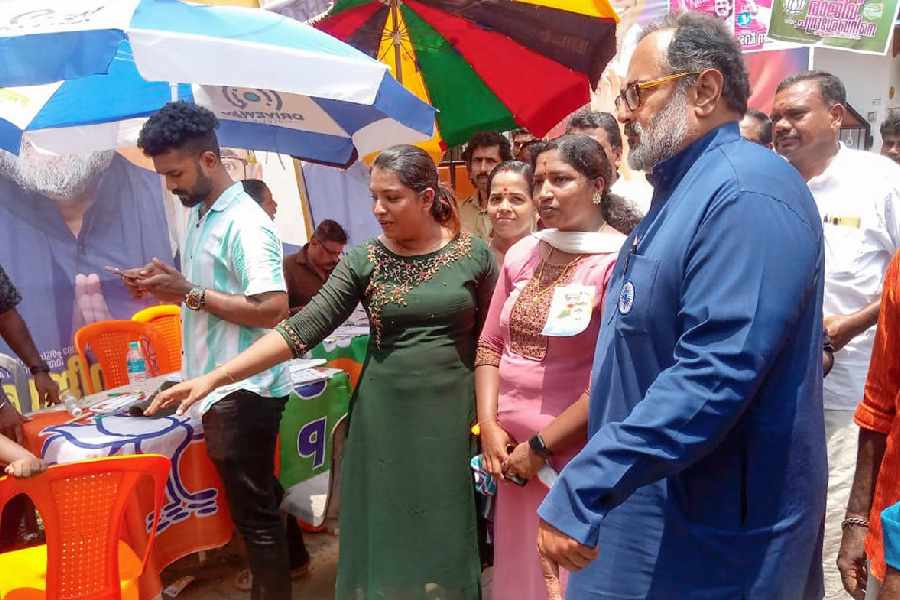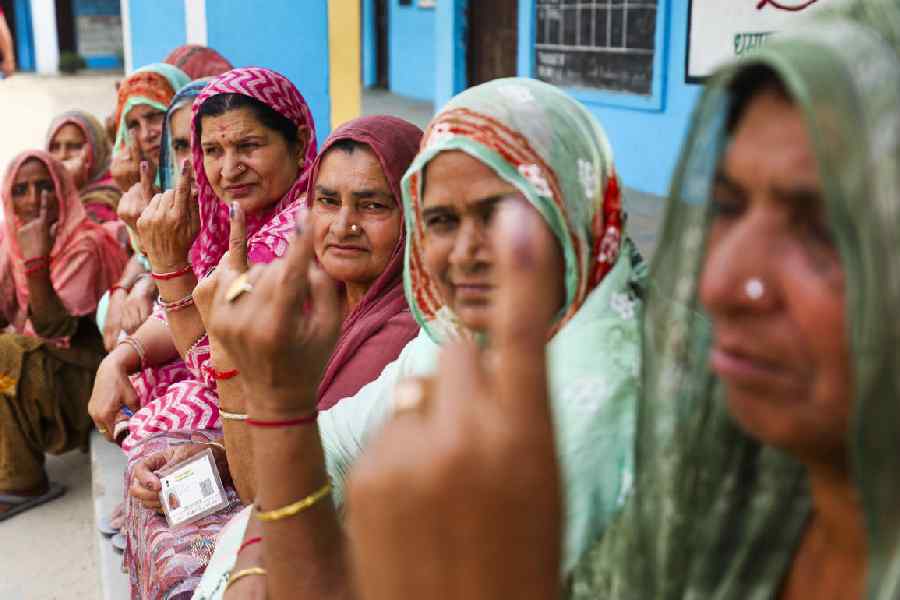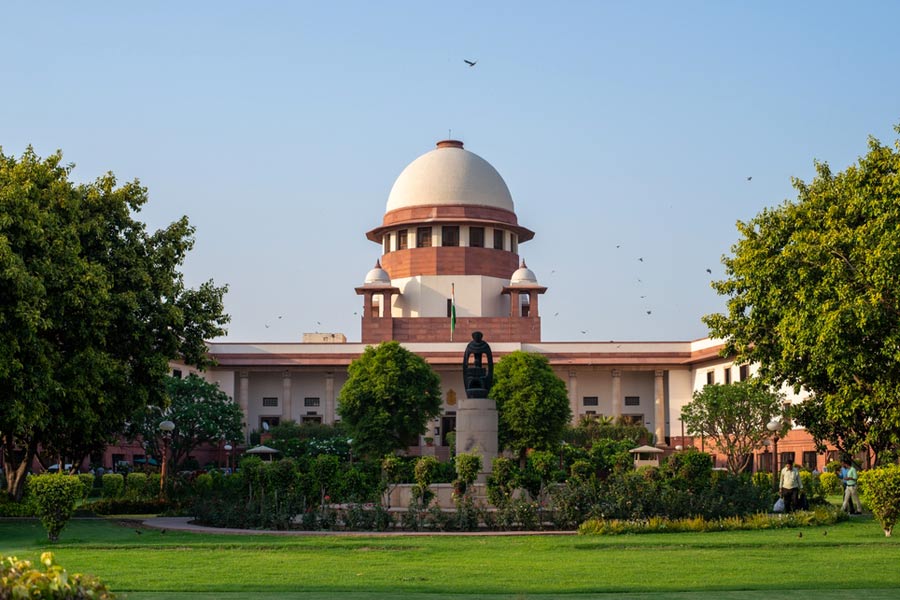 |
Mumbai, July 18: Some of the world’s biggest blockbuster drugs are due to topple off the patent cliff — that is, lose their patent protection — over the next four years and Indian drug makers have already put their strategies in place to make big bucks from generic knock-offs.
It is estimated that drugs that notched up sales worth $80-90 billion in 2009 are expected to lose their patent protection cover by 2014, flinging the gates wide open to a burst of generic products where first mover advantage is critical to success.
Industry analysts believe that this will be one of the most lucrative phases for Indian pharmaceutical companies which account for just under 9 per cent of the $35-billion US market for generic drugs.
Pfizer’s Lipitor — a cholesterol-busting drug — is the biggest drug that is going off patent in 2011 and Ranbaxy has already secured approval from the US Federal Drug Administration (FDA) to be among the first to launch a generic version.
Analysts believe the Indian industry can seize the opportunities that are welling up in the US as they have built the right competencies.
Besides the benefits from patent expiries, President Barrack Obama’s impending healthcare reforms in the US will also help ratchet up sales of Indian generic drugs in the world’s biggest market for pharmaceutical products.
Dr Reddy’s Laboratories Ltd (DRL), which ranks among the top 10 generic companies in the US, is of the opinion that the patent cliff will be a major catalyst for the growth of generic pharmaceutical companies.
DRL has already got its gameplan in place. In 2009, it filed 12 Abbreviated New Drug Applications (ANDAs) of which six are Para IV filings. In its latest annual report, the company says that the patent cliff is set to erode $78 billion in global branded sales from drugs facing patent expiry over 2010-14. This is in addition to another $32 billion expected to come from continued erosion from already expired brands.
An ANDA is an application for a generic drug, while a Para IV filing is made when the applicant believes its product does not infringe on the innovator’s patents. Such applications could result in a marketing exclusivity period for the generic drug if it comes in the first-to-file category. Indian pharmaceutical companies roughly account for around 30 per cent of the ANDAs filed in the US.
Adds Praful Bohra, senior research analyst at Jaypee Capital Services: “The next four to five years will perhaps be the best time that the Indian pharmaceutical sector could face. Since drugs worth $80 billion will go off-patent, it will be exciting times for the domestic industry.”
Although there are concerns that the tough competition in the generics segment and the resulting price erosion could cap the gains for domestic pharmaceutical companies, Bino Pathiparampil and Ankit Jain of IIFL said in a recent report that drugs with about $96 billion in cumulative annual sales, accounting for almost 40 per cent of the total US pharma market in 2009, will go off-patent over the next five years.
Assuming an average price erosion of 60 per cent and an average of five-month market exclusivity for first-to-file players, the market size of such “one-off opportunities” itself works out to about $19 billion.
Pathiparampil and Jain further indicate that there will be a huge market also for those who are not among the first-to-file.
“Further, beyond the period of market exclusivity for selected players, the market will open up for the gamut of generics companies. Competition will intensify and prices will collapse. Even if we assume 90 per cent price erosion, the market for these new generics would be worth annual sales of some $10 billion,” they add.
They reckon that Indian players will corner a much larger share of the market for new generics compared with their current share of 9 per cent. “Thus, we expect Indian players to expand their overall market share significantly over the next 4 to 5 years,” said Pathiparampil and Jain.
As for the challenges that the industry could face, a senior official from a leading domestic pharma company cautioned that though there could be good revenue upsides from the large number of drugs going off-patent, much will depend on the competition from other generic players. The presence of a large number of generic players for the same drug could limit the revenue upsides, she added.










